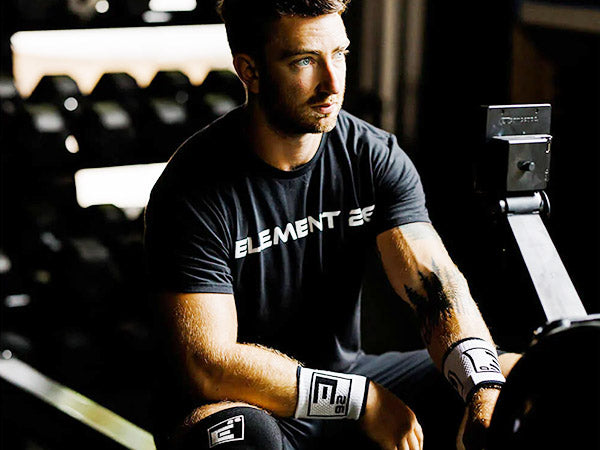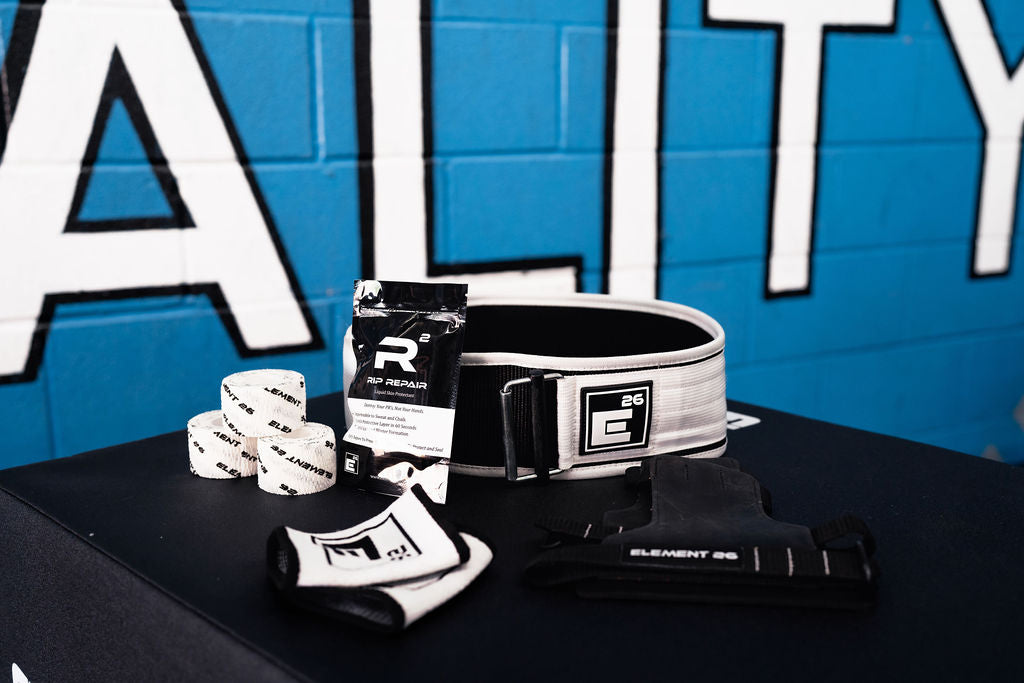There Are No Bad Exercises
Human beings love to categorize things. Good, bad; strong, weak; short, tall, etc. The list goes on. This strategy is definitely helpful at times to improve memory recall, but often times this can create improper distinctions as there is usually more gray area involved. For example, categorizing someone or something as strong can have so many different meanings whether it’s physical, structural, mental, or powerful….So much gets lost within the context of how it is used and said. Don’t get me wrong, this can be great for short-term recall but sometimes it leads to problems and potentially incorrect information.
Enter every single exercise invented. People love to say oh that’s great for the hips, that one sucks, my PT said I can’t do step downs anymore because they stress the knee, sit-ups are bad, curls are only for the biceps….you get the point. People will have judgments and beliefs about every single exercise. That is good and all, but what it really comes down to is the application of the actual exercise to the person and why it is being prescribed. For example, push-ups with the elbows close to the body may not be the shoulder-friendly alternative we thought they were when applying them to a 70-year old with a relative immobile thorax and scaps that rest forward. For him I’d rather have him flare his elbows and work through a partial range of motion to spare the front of the shoulder.... The individual training history, injury history, current pain/symptoms (if any), and goals should have a significant impact on which exercise to choose.
An example of how poor communication in the medical field can affect the belief that an exercise is "good" or "bad" is the knees passed the toes dilemma. While talking with several patients for different lower body and back impairments/pathologies, they were told by many healthcare practitioners and trainers that it was not a good idea to allow the knees to move past the toes when squatting. This may be fine if they have poor lumbopelvic coordination in general or they just had their ACL reconstructed 3 days ago, but that was not the case for these specific patients. So I spent time educating them about how the ankle, knee, and hip need to move well together and when that doesn’t happen, the pain sets in. Everything is context specific.
Another example are sit-ups. A lot of healthcare professionals got away from this activity because it “caused disc bulges,” compressed the lumbar spine and increased back and neck pain. Yes, it is true, they can do that if not prescribed correctly. If someone is blindly performing repetitions of sit-ups while limiting other motions of the spine then there may be a problem. However, maybe I’m using the sit-up with a slow controlled tempo to elicit psoas (hip flexor) activity while trying to establish smooth lumbar to thoracic flexion from the ground-up and vise versa for someone who is beginning to get into a workout routine while they focus on other forms of lumbopelvic coordination activity (anti-rotation movements, rotational movements, anti-flexion, anti-extension, flexion, extension, lateral movements and transverse movements). Then it would not be a problem, in fact it may improve performance. Obviously there may be better tools to use than the sit-up to elicit the same desired affect but that’s for another blog.
I’m going to wrap up this blog with that. Remember that everything is context specific and there is more to it than this exercise is “good” and that exercise is “bad.” We can do better. Bottom-line is everything works but it’s how you use it, when you use it, and why you are using it. Consider yourself, the athlete, the patient/client and choose the best exercise/activity for that individual versus just giving someone an activity because you read in Men’s Health that it was “good for the hips.” Remember to consider individual postures, positions, injury history, training background, equipment availability and goals before selecting a certain exercise/activity. It’s about being mindful and flexible.
If you liked this article come check us out over at the Athletic Weightlifter Facebook group!





Leave a comment